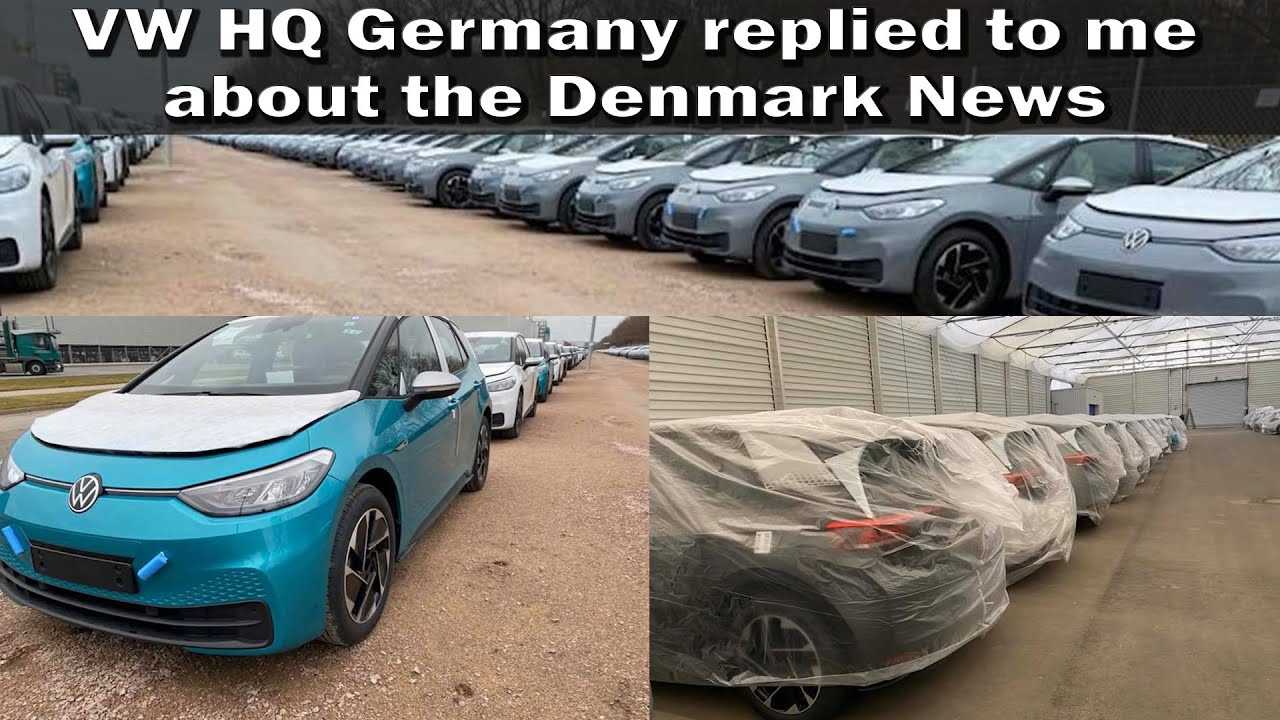Thanks to Battery Life, we have learned a few new things about the upcoming Volkswagen ID.3, which will be handed to the first customers in Summer 2020.
Possible delays and worrying news about the standard equipment of 1ST edition cars (first 30,000 units) were explained and a few things are really interesting and not necessarily positive.
Let’s start with the most important thing – Volkswagen says that it will manage to deliver cars in the Summer of 2020 and there is no change in the timing (although some hoped for June rather than August).
The German manufacturer currently is producing the first batch of ID.3, which is stored on special parking lots and will be tested by the employees.
Photos of such facilities were provided by the German EV rental company nextmove in its video (see at the bottom from 08:35 in German) and shared by Battery Life above (7:53) with an explanation that the consumer cars will be built at a later stage (probably also with newer software and other improvements).

Volkswagen ID.3 (Source: Battery Life)
Standard equipment / options
According to Battery Life, Volkswagen has confirmed that the 1ST edition cars will be available only with single-zone climate control (the two-zone climate control will be available later).
It was also confirmed that there will be no park-assist feature in the first edition cars (there are parking sensors and automatic emergency braking though).
The biggest thing seems to be the news that the ID.3 will be a five-seater only in two battery versions: 45 kWh and 58 kWh, while the 77 kWh battery will be a four-seater. Moreover, the biggest battery pack can not be combined with a panoramic roof. The reason for that seems to be weight – it would be too high with the assumption of the fifth passenger.
The 45 kWh and 58 kWh version with a panoramic roof will be allowed to get a bike rack.
Charging power – mystery
Separately (9:08), there is also a strange report about DC fast charging power, as one of the ID.3 was caught by nextmove at the IONITY station and was reportedly getting an average of just 35 kW over 49 minutes (28 kWh). It was charging at a decent 21 kW at 96% state-of-charge though.
It’s expected that, depending on the battery version and trim, the peak power will be 50 kW, 100 kW or 125 kW DC fast charging. The 125 kW peak was confirmed by Volkswagen.
